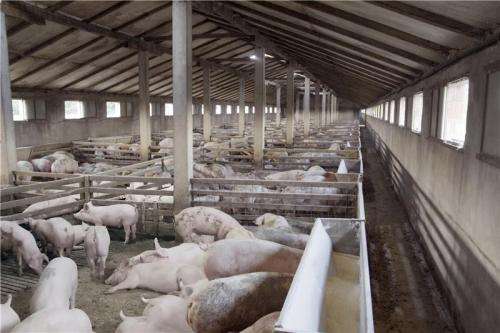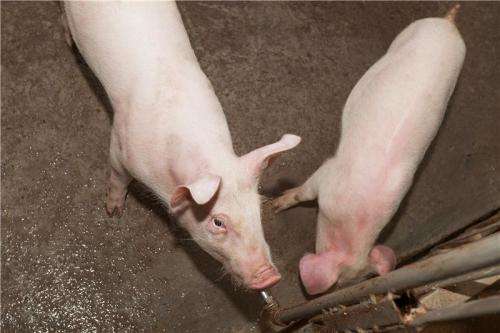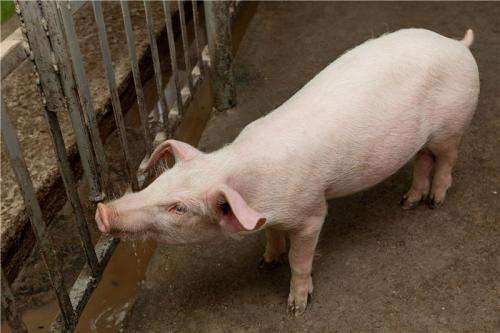Success installing wastewater treatment plants on slaughterhouses

The wastewater with high organic content, such as the one discarded on slaughterhouses, can be cleaned of up to 96 percent of its pollutants thanks to technology developed by Mexican scientists, which also promotes the generation of renewable energy through the biogas produced during the process.
"The project began 14 years ago with the aim of reversing the strong contamination problem that is caused when this type of water is disposed improperly, which may lessen the damage to rivers and lakes, smells, proliferation of vermin and bad visual landscapes that occur when the waste is disposed in the open, " says Adrián Rodríguez García, researcher at the Center for Research and Technological Development in Electrochemistry (CIDETEQ) located in Querétarom a state in the North-Central region of Mexico.
The proposed technology has proven to be efficient, robust, sustainable and easy to transfer. In fact, three plants have been installed in the country; one of them is located in Queretaro; other in San Luis Potosi (state in the North-Central region) and the third in Nayarit (west coast of Mexico).
To reduce the emission of pollutants using the treatment plant, Adrián Rodríguez explains, the research team first conducted a trail study. Then, the plant was installed at the outlet of the water used in sacrifices and wash pens, which upon entering is subjected to a process of anaerobic digestion, i.e., specific microorganisms that break and reduce the organic matter are used in the absence oxygen.
"With this procedure water that can be used for irrigation is obtained, and it can be deposited safely in rivers or lakes as it loses up to 96 percent of the pollutants. Also, a solid residue without microorganisms is obtained with fertilizing properties and biogas production," says the researcher.

The latter occurs because during the treatment organic matter moves through various stages, and in each, a group of specific bacteria carries out a mission. In the last phase the acting bacteria are called methanogenic which generate biogas that contains 60 to 70 percent methane, a substance that serves as fuel. By obtaining in this way, it becomes a source of renewable energy.
By installing a water treatment plant, slaughterhouses may have savings in raw materials, supplies and (thermal and electrical) energy, increasing productivity through process optimization, waste minimization and utilization, as well as generating an alternative source of energy by biogas.
Rodríguez García and his research team also built a mobile prototype plant in stainless steel which allows the presentation of technology, on request, as it is ready to connect to the water outlet trail and has the capacity to 500 thousand liters of fluid a day.

"We have two patents registered with the Mexican Institute of Intellectual Property, one of which is for the type of reactor used and the other covers the whole process of water treatment. Additionally, we have a folder that includes technological specifications, techniques and comparative analysis of the production units, as well as the results of wastewater treatment and the operation manual of the prototype," he says.
García Rodríguez notes that in order to achieve the installation of such systems in more locations, the team is working with the Ministry of Sustainable Development (SEDESU) and the Secretariat of Agriculture, Livestock, Rural Development, Fisheries and Food (Sagarpa).
The purpose is to connect with City and federal governments to introduce them to the technology and its benefits. Due to the progress of this work, the researcher believes that at the end of the year the team will begin working on the first technological applications. (Agencia ID)
Provided by Investigación y Desarrollo



















